Impact of Supply Chain Dynamics
Supply chain dynamics are significantly impacting the automotive retail market, particularly in the context of vehicle availability and pricing. Disruptions in global supply chains have led to shortages of key components, such as semiconductors, which are essential for modern vehicles. As of 2025, it is anticipated that these supply chain challenges will continue to affect inventory levels, resulting in limited availability of certain models. This scarcity may drive up prices, influencing consumer purchasing decisions and altering the competitive landscape within the automotive retail market. Retailers must navigate these complexities by optimizing their supply chain strategies and maintaining strong relationships with manufacturers to ensure a steady flow of vehicles. Adapting to these supply chain dynamics is crucial for sustaining sales and meeting consumer demand.
Shift in Demographics and Buying Behavior
The automotive retail market is witnessing a shift in demographics and buying behavior, particularly among younger consumers. Millennials and Generation Z are becoming increasingly influential in the market, with distinct preferences that differ from previous generations. These younger consumers tend to prioritize technology integration, sustainability, and online purchasing options. As of 2025, it is estimated that nearly 40% of vehicle purchases will be made online, reflecting a significant change in how consumers engage with the automotive retail market. Retailers are adapting by enhancing their online platforms and offering virtual consultations to meet the demands of this tech-savvy demographic. Understanding these shifts is essential for retailers to remain competitive and relevant in the evolving automotive retail market.
Consumer Preferences for Sustainable Options
In the automotive retail market, there is a growing consumer preference for sustainable and eco-friendly vehicles. This trend is driven by increasing awareness of environmental issues and a desire for greener alternatives. As of 2025, approximately 25% of new vehicle sales are projected to be electric or hybrid models, reflecting a significant shift in consumer priorities. Retailers are responding by expanding their offerings of electric vehicles (EVs) and promoting their benefits, such as lower emissions and reduced fuel costs. Additionally, manufacturers are investing in sustainable production practices, which may further appeal to environmentally conscious consumers. This shift towards sustainability is likely to reshape the automotive retail market, influencing inventory decisions and marketing strategies.
Economic Factors Influencing Vehicle Purchases
Economic conditions play a crucial role in shaping the automotive retail market. Factors such as interest rates, inflation, and consumer confidence significantly impact vehicle purchasing decisions. In 2025, the Federal Reserve's monetary policy may influence interest rates, which could affect financing options for consumers. A decrease in interest rates may encourage more buyers to finance their vehicle purchases, potentially boosting sales in the automotive retail market. Conversely, high inflation rates could lead to increased vehicle prices, which may deter some consumers from making purchases. Additionally, fluctuations in disposable income can affect consumer spending habits, further influencing the dynamics of the automotive retail market. Retailers must remain vigilant in monitoring these economic indicators to adapt their strategies accordingly.
Technological Advancements in Automotive Retail
The automotive retail market is experiencing a notable transformation due to rapid technological advancements. Innovations such as artificial intelligence and machine learning are enhancing customer experiences, enabling personalized marketing strategies. For instance, dealerships are increasingly utilizing data analytics to understand consumer preferences, which can lead to improved sales strategies. In 2025, it is estimated that around 30% of automotive retail transactions will involve some form of digital interaction, indicating a shift in consumer behavior. Furthermore, the integration of augmented reality in showrooms allows customers to visualize vehicles in a more immersive manner, potentially increasing engagement and sales. As technology continues to evolve, the automotive retail market is likely to adapt, creating new opportunities for both consumers and retailers.


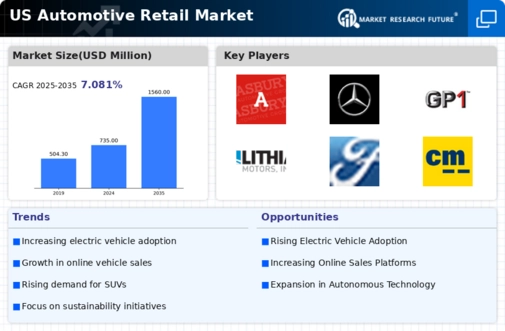
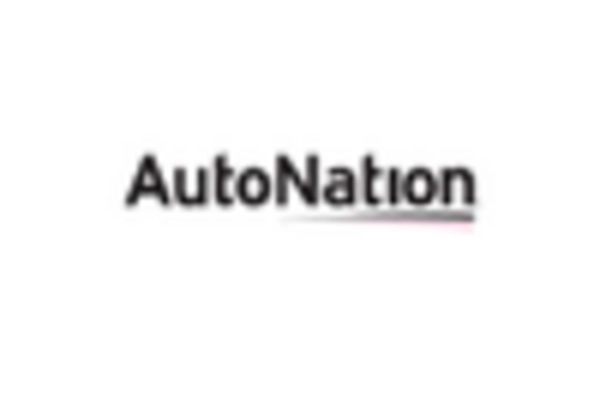
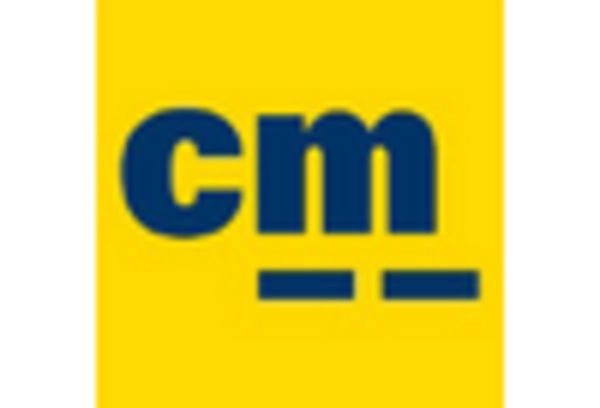
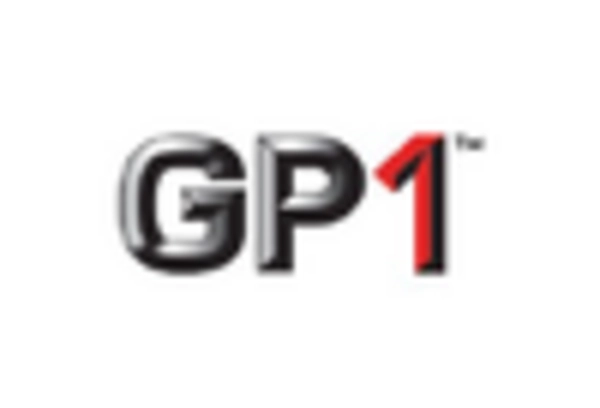
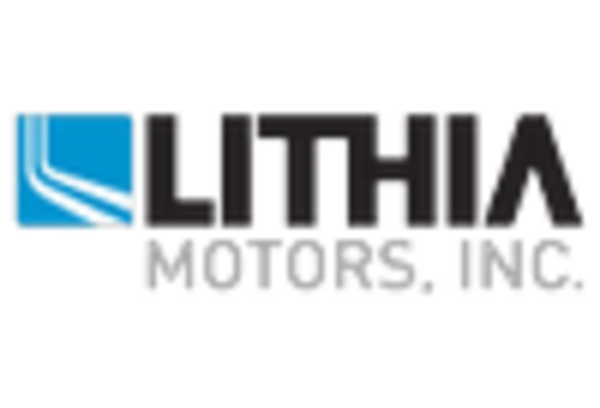
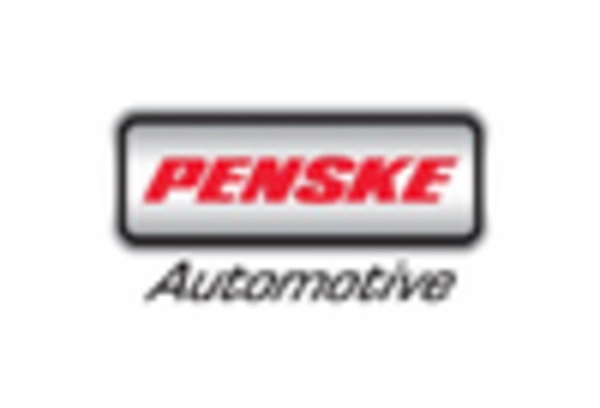
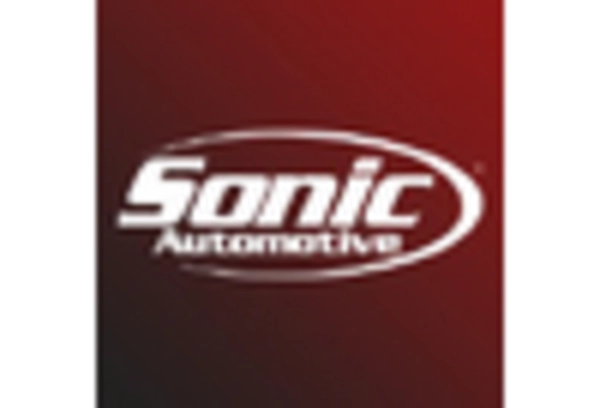








Leave a Comment